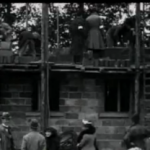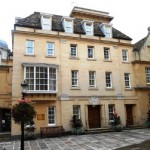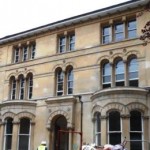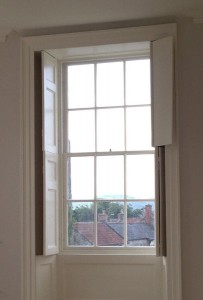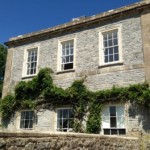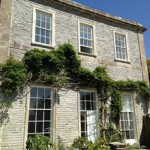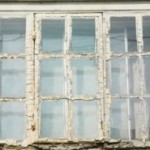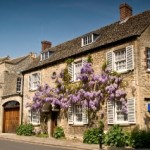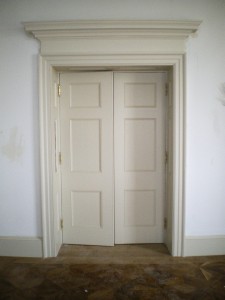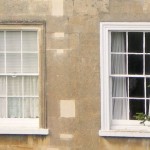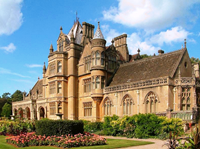
In the scramble to slash the budget deficit after the recent financial crash, the conservation and heritage sectors proved to be sitting targets for savage government funding cuts. So, what exactly are the implications for conservation across the UK, and how are councils coping with heritage staff cuts? Since their peak in 2006, the number of staff employed in specialist heritage and building conservation roles has shrunk by a third, according to an English Heritage and Institute of Historic Building Conservation (IHBC) report, as cited by John Geoghegan in his brilliant recent article, ‘A Little Less Conservation’. There is the suggestion that these cuts will have real implications for the … Continue reading

